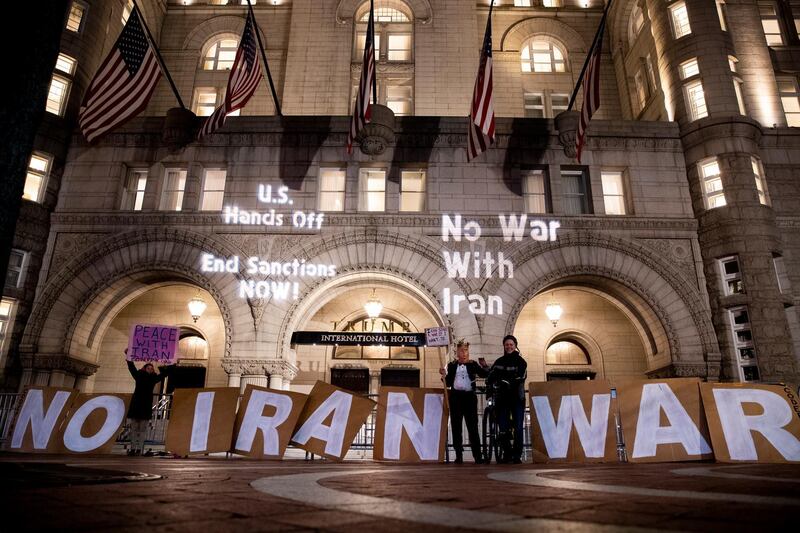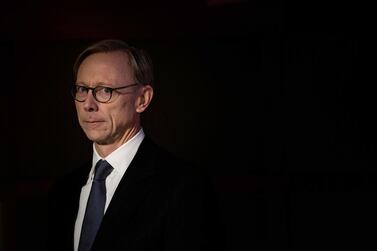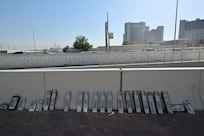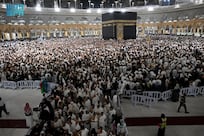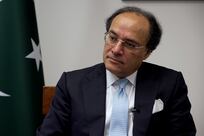US President Donald Trump took to Twitter on Friday to respond to Iran’s Supreme Leader Ali Khamenei’s Friday sermon, mocking him as "not so supreme" and cautioning that he should be “very careful with his words”.
He then added in English and Persian a message to the Iranian people, who he said “deserve a government that's more interested in helping them achieve their dreams than killing them for demanding respect”.
Referencing his campaign slogan, Mr Trump said that “instead of leading Iran toward ruin, its leaders should abandon terror and Make Iran Great Again!”.
Ryan Bohl, a Middle East analyst at the intelligence firm Stratfor, compared Mr Trump’s response to his exchanges with North Korea.
Mr Bohl told The National the US president "wants to appear the tough guy going forward in the war of words. It's reminiscent of what he tried to do with North Korea - match their rhetoric, up the tension, then, when the war threat got too high, have a big meeting and get a 'win' he can take home".
But while Mr Trump has met North Korean leader Kim Jong Un twice, there has been no suggestion of a Trump-Khamenei meeting.
This, Mr Bohl explained, is partly because “Iran wants sanctions relief before any talks while the US wants the opposite.
“A lot can go wrong and, unlike North Korea, a conventional war with Iran is more probable as the result of a mistake by one or both sides.”
Mr Khamenei called the US president a “clown” in the sermon on Friday morning, his first for eight years.
The Ayatollah, to chants of “Death to America”, said that Iran "slapped the US in the face" in a series of missile strikes on bases housing American soldiers in Iraq.
On Thursday, the Pentagon reversed an earlier claim that the US military suffered no casualties in the January 8 attack, and said 11 military personnel had been flown out of Iraq for treatment.
"While no US service members were killed in the January 8 Iranian attack on Al Asad Air base, several were treated for concussion symptoms from the blast and are still being assessed,” the statement read.
The Washington Post reported on Friday that "eight of the service members are being assessed for concussion-like symptoms after the blasts" and "three others sought behavioural-health treatment to cope with the bombardment".
One week on from the attack, there were no signs of de-escalation between the US and Iran.
Nicholas Heras, the Middle East Portfolio Manager at the Institute for the Study of War, sees the Trump administration’s strategy as one that would “force changes in Iran's behaviour in the Middle East, both through sanctions and by expanding the US force presence in the region.”
The challenge, he added, remains the Iranian nuclear program, as Tehran abandons some of its commitments under the JCPOA agreement signed in 2015.
President Trump withdrew from the deal in 2018.
Mr Heras told The National that the US administration is now "putting a stronger focus on this [nuclear] challenge, its regional activities, and its repression of its own people".
But the response is mostly reliant on macroeconomic warfare, he explained, “to use the inertia of a struggling Iranian economy to force changes in Iran's behaviour”.
